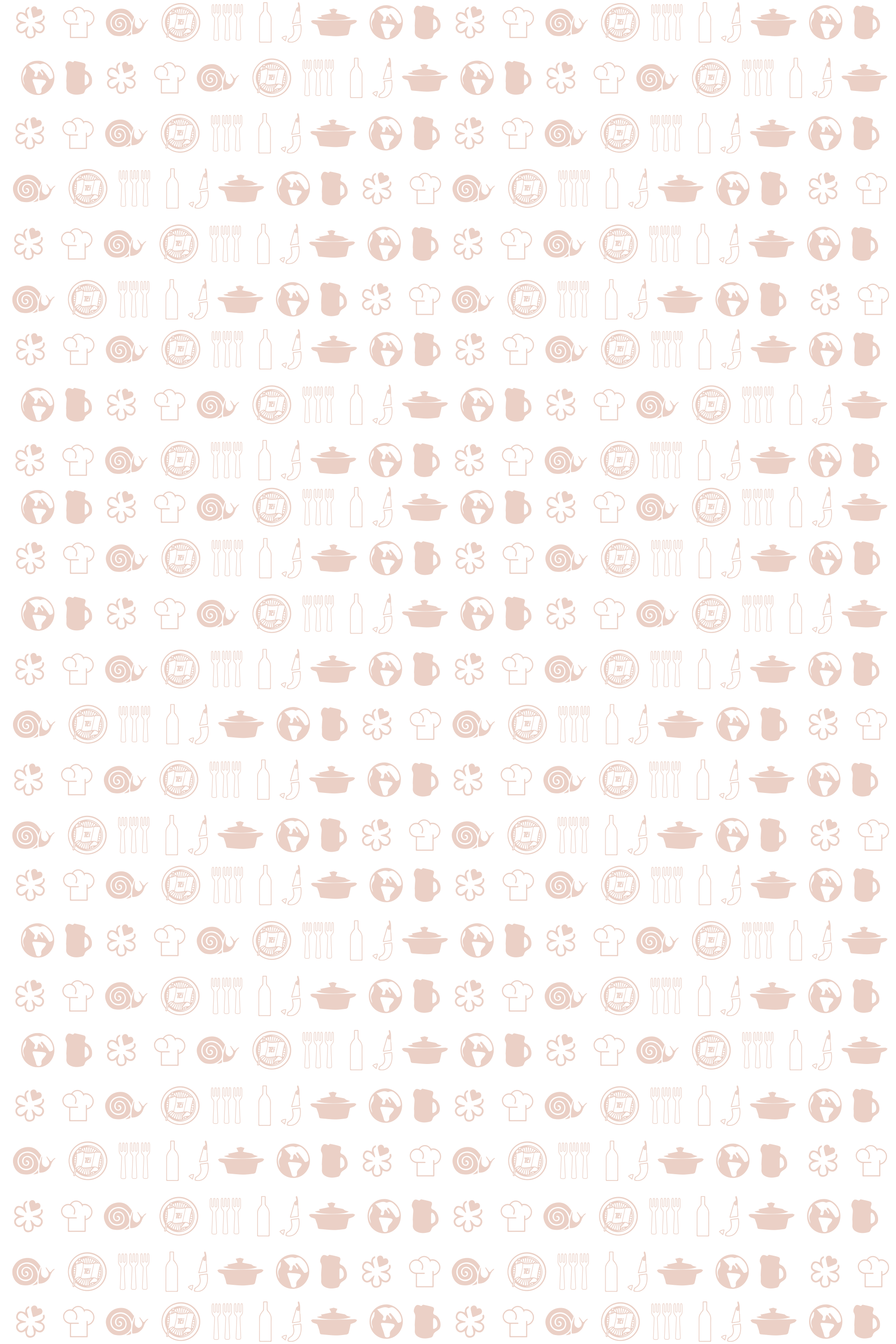MEDITERRANEAN SEA: GSA 9, LIGURIAN SEA AND NORTHERN TYRRHENIAN SEA
 The GSA-9, a heterogeneous area both from an ecological and morphological point of view, includes Liguria, Tuscany and Lazio for a total of 1,245 km of coastline. It is a heterogeneous area under the morphological and ecological aspect, due to the variety of habitats, environmental conditions and biological communities present. The coasts of Liguria extend for about 330 km, the continental shelf in the western coast, from Capo Mortola to Capo Arenzano, is very small, while it becomes more extensive proceeding eastwards as far as Punta Bianca. Along these coasts the water circulation is characterized by a series of vortices originating from the wind, characterized by the presence of cold water inside them, which undergo significant seasonal changes. In winter the current increases in the frontal region of the vortices and this is associated with upwelling (rising of nutrient-rich waters to the surface), which moves westward and becomes stronger. The upwelling causes the mixing of Atlantic waters (AW) with the underlying Levantine waters (LIW), modifying their physical and chemical properties. This phenomenon contributes to the increase in primary productivity and, consequently, of all the links in the food chains that lead to large pelagics.
The GSA-9, a heterogeneous area both from an ecological and morphological point of view, includes Liguria, Tuscany and Lazio for a total of 1,245 km of coastline. It is a heterogeneous area under the morphological and ecological aspect, due to the variety of habitats, environmental conditions and biological communities present. The coasts of Liguria extend for about 330 km, the continental shelf in the western coast, from Capo Mortola to Capo Arenzano, is very small, while it becomes more extensive proceeding eastwards as far as Punta Bianca. Along these coasts the water circulation is characterized by a series of vortices originating from the wind, characterized by the presence of cold water inside them, which undergo significant seasonal changes. In winter the current increases in the frontal region of the vortices and this is associated with upwelling (rising of nutrient-rich waters to the surface), which moves westward and becomes stronger. The upwelling causes the mixing of Atlantic waters (AW) with the underlying Levantine waters (LIW), modifying their physical and chemical properties. This phenomenon contributes to the increase in primary productivity and, consequently, of all the links in the food chains that lead to large pelagics.
The Ligurian Sea is one of the most important water transformation sites during the winter, as a result of the action of cold and dry continental winds. Its ecosystem in the western area is characterized by large cetaceans such as whales, humpback whales, dolphins, sperm whales; here, in fact, there is the sanctuary for marine mammals.
In the Ligurian seabed there are interesting species of facis, a gorgonacei and red coral. The sediments to the south and west of the island of Elba host nurseries of commercial species such as hake.
 The GSA9 fishing fleet is equal to 13% of that of the national territory and is characterized by a strong presence of artisanal fishing which produces, however, a lower turnover than the armed fishing boats. The production is characterized by fish, molluscs and crustaceans: hake, red mullet, white octopus, pink, red and purple shrimp.
The GSA9 fishing fleet is equal to 13% of that of the national territory and is characterized by a strong presence of artisanal fishing which produces, however, a lower turnover than the armed fishing boats. The production is characterized by fish, molluscs and crustaceans: hake, red mullet, white octopus, pink, red and purple shrimp.
The northern coasts of Tuscany are instead favorable for trawling. South of Elba, the platform is narrow and trawl-like flotillas are concentrated with fishing aimed at hake, red mullet, octopus, pink shrimp, prawns and red prawns.
In Lazio, trawling is homogeneous: on the platform small boats work with hake, mud mullet, corn on the cob and small octopus; in the platform larger boats aim at hake, pink and red prawns and scampi.
In GSA 9 fishing is therefore characterized by small boats, with passive and family-run fishing tools. In Liguria and Tuscany there are some boats which are used for fishing small pelagics (anchovies and sardines); in Lazio some hydraulic dredges are used for fishing clams and razor clams. The GSA 9 is the area of greatest concentration of hake, especially in spring and summer around the Island of Elba and Giglio. The red mullet is abundant in the southern Ligurian Sea and in the northern Tyrrhenian Sea, to the detriment of the Lazio coasts. The moscardino is numerous in different areas: Elba island, del Giglio, off Viareggio and along the Ligurian Riviera di Levante. The pink shrimp is located south of Elba. Some studies show that hake is in a state of severe exploitation due to the excessive pressure of fishing on small-sized specimens, unlike the pink shrimp that presents a situation of sustainable exploitation. In the area of GSA 9, artisanal fishing is very widespread even if it is going through a period of crisis due to various factors such as the excessive exploitation of industrial fishing.
Fosca Tortorelli


 Italiano
Italiano







